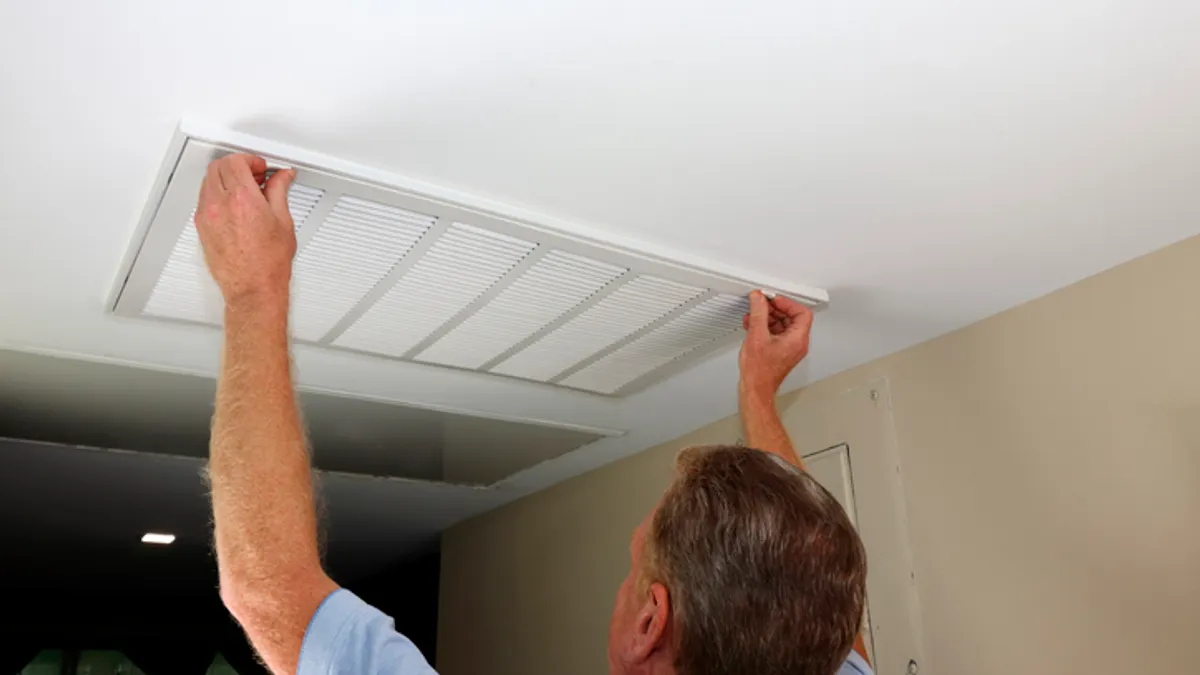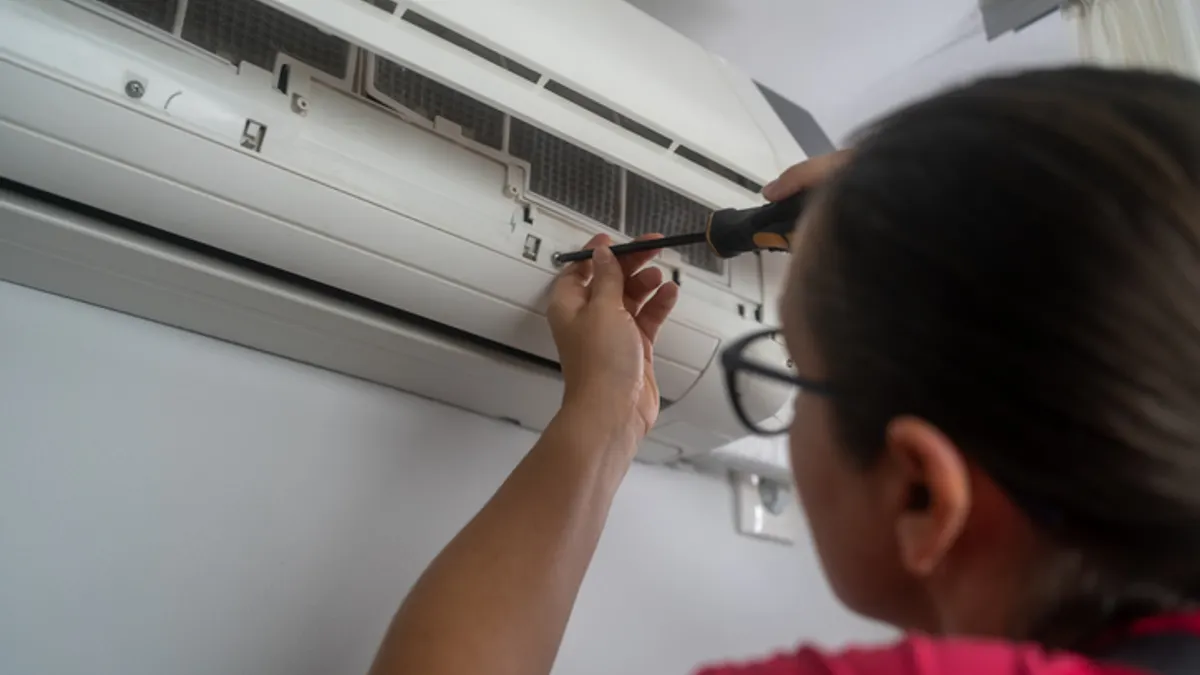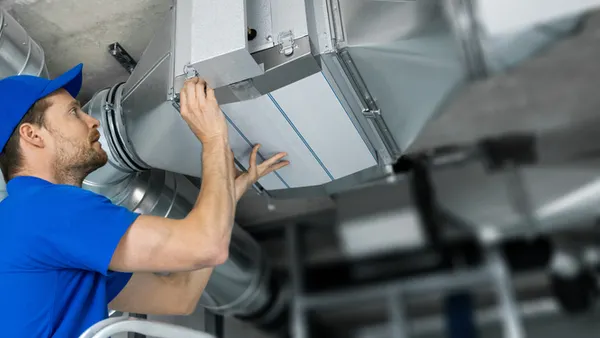Ventilation exhaust diffusers located above a person coughing are better at dispersing potentially harmful pathogens than if the exhaust diffusers are in a conventional parallel configuration, a study published in Scientific Reports finds.
Since the COVID-19 pandemic, researchers have ramped up their work on how aerosol particles, like those generated by coughing, spread throughout a room. In this study, released in early July, the researchers modeled two ventilation configurations to see which one was better at containing the spread of pathogens.
They conclude that conventional parallel exhaust configurations are good at reducing the volume of particles in a space, but they don’t do a good job controlling the immediate spread of pathogens. The better approach is to place exhaust diffusers above the cough source, which can reduce lateral particle spread by 40%.
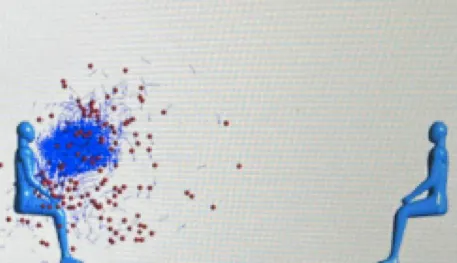
“These findings underscore the importance of diffuser placement for controlling short-term particle dispersion immediately after a cough event in mechanically ventilated office environments,” the researchers say.
Their work also showed that a World Health Organization recommendation that people be spaced at least two meters apart to reduce the spread of harmful pathogens works best when it’s used in combination with well-placed exhaust diffusers. When maintaining the WHO-recommended two-meter distance, there was an 82% to 89% reduction in particle concentration during the early dispersion phase, researchers said.
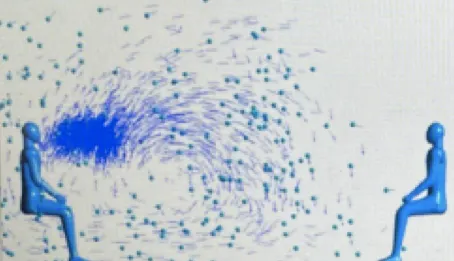
“While spatial distancing plays a crucial role in mitigating airborne transmission risks, its effectiveness depends on multiple factors, including ventilation efficiency, airflow dynamics, and environmental conditions,” they said. “This highlights the necessity of integrating optimized ventilation strategies alongside distancing measures to effectively minimize transmission risks in workplace settings.”
Assessing HVAC airflow modulation strategies to reduce short-term aerosol transmission in office environments was conducted by Mina Saad, Amr Hassan, Ahmed Hanafy, Mahmoud Salem and Micheal William of the College of Engineering and Technology at the Arab Academy for Science, Technology and Maritime Transport in Egypt.



